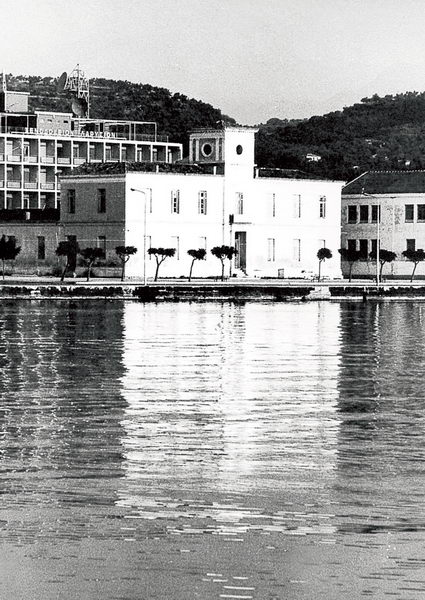Α14 - Building a city
In the late 19th-early 20th centuries, Gythio became a main transit trade center, a role that contributed to its urban development. New construction works changed the outlook of the town, which took a more urban character. The neoclassical mansions that were built along the coastal road from 1875 onwards remain witnesses to this change. Public buildings were among these buildings, such as the City Hall, the Chamber of Commerce and the Old Girls’ School. In the late 19th century, Gythio was the seat of the prefecture, with a customs office, a police station, a district court, a branch of the National Bank of Greece and several primary and secondary education schools. In this context, education became a necessary asset for men that wanted to get involved in the activities of the tertiary sector, as well as a desirable qualification for young girls. An example of this trend is the number of female students at the High School of the town in the late 19th century, which was five times higher than the respective number of female students at the high school of Sparta. The Girls’ School was at the center of these developments and it continued to fulfill its educational purpose during the post-war period as well, functioning as the 2nd Primary School of Gythio. Today, in the newly renovated spaces of the old Girls’ School, visitors can find objects from the heyday of the Girls’ School and of the town itself, along with objects from two sectors related to education: music (Gythio Philharmonic Band) and press.
Picture: Courtesy of Yiannis Vourlitis, “Image Bible of Mani”, Adouloti Mani Publications



